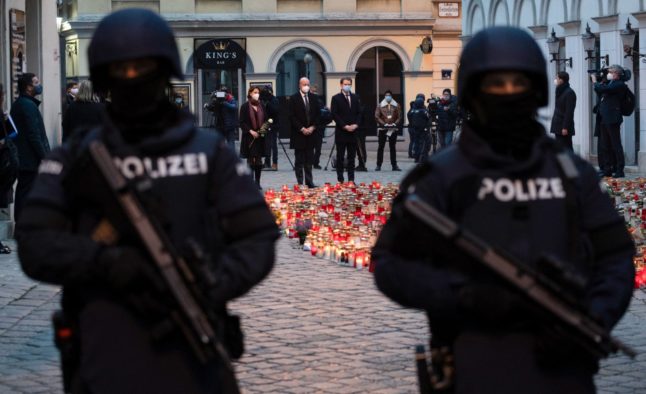The 48-year-old man, who now has Austrian citizenship, was accused of attacking the village of Serdari as part of a large group of Bosnian Muslims in September 1992.
They killed seven men, seven women and two children and set fire to six houses, apparently in revenge for Serb attacks, according to the charge sheet.
The defendant, who was not named, denied the charges but was found guilty of 16 counts of murder, three of attempted murder and arson.
The court in Linz heard from around 30 witnesses including two female survivors and a resident from a nearby village.
In 2014, a court in Sarajevo jailed four men over the Serdari killings, but their convictions were quashed the following year, the Austria Press Agency (APA) reported.
A new trial jailed one of them for 11 years and acquitted two while the fourth has since died, APA said.
The 1992-1995 inter-ethnic war in Bosnia left some 100,000 dead and displaced about two million people, almost half of the country's pre-war population.
The conflict was part of several wars fought inside the former Yugoslavia until 2001, which would eventually lead to the breakup of the country.



 Please whitelist us to continue reading.
Please whitelist us to continue reading.
Member comments